When we realize that we are but microcosmic specks within an infinitely expanding universe, it can feel both liberating and scary especially when you consider that Gliese 436 b defies the laws of nature.
What strange, incomprehensible phenomena lurks throughout the deeper reaches of space? Astronomers have not even observed a fraction of our universe (and possibly never will).
Still, thanks to rapid advancements in telescopic technology, we know a lot more than we did 100 years ago. Here are some of the absolute weirdest planets that we’re currently aware of.
Gliese 581c – Contains Extraterrestrial Life?
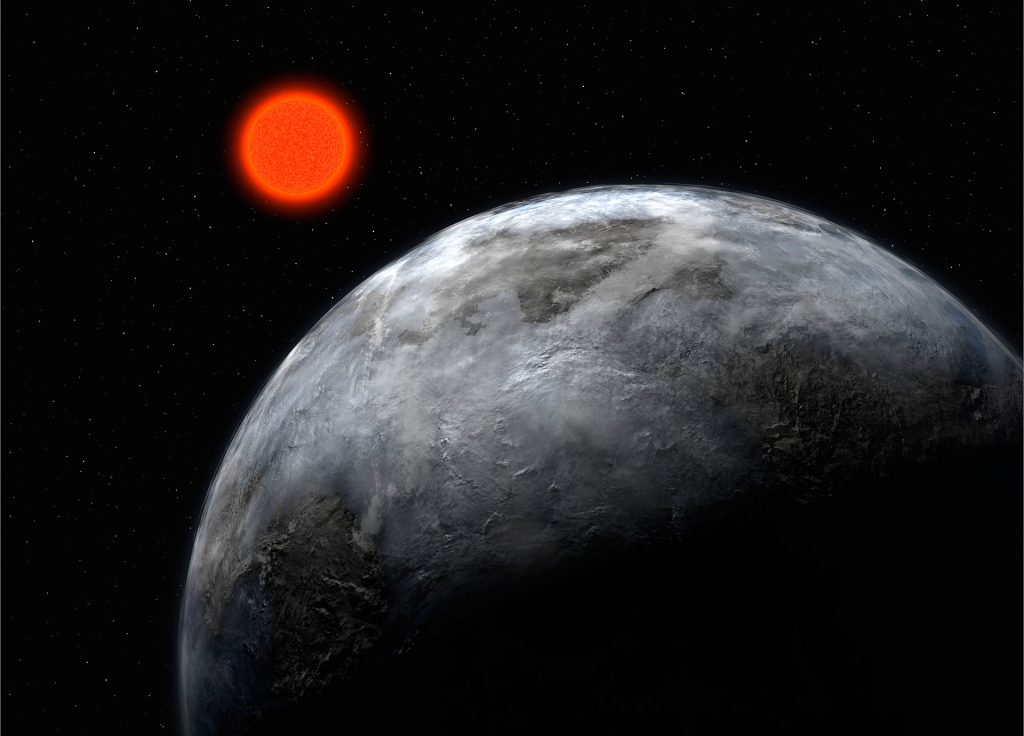
Discovered in 2007, Gliese 581c is the first Earth-like planet to be discovered within the “habitable zone” of its star. (Like Earth, it is the third planet in its solar system.) However, the planet is tidally locked, meaning that one side is always facing its star, while the other does not. Therefore, one side is blisteringly hot–and would instantly melt you alive should you ever visit–and the other is freezing cold. The hypothetical alien life on Gliese 581c would fall under the category of “extremophilic,” a word used to describe organisms that thrive within extreme conditions.
However, the planet contains a strip of land called the terminator zone: this is the narrow area between the daylit side and dark night side. Conditions here are closer to what we would consider normal, and the likelihood of extraterrestrial life is greater. In fact, in 2008 we sent digital radio signals to Gliese 581c in hopes of making contact. The message will not reach the planet until 2029.
Hd 189733b – Rain of Terror
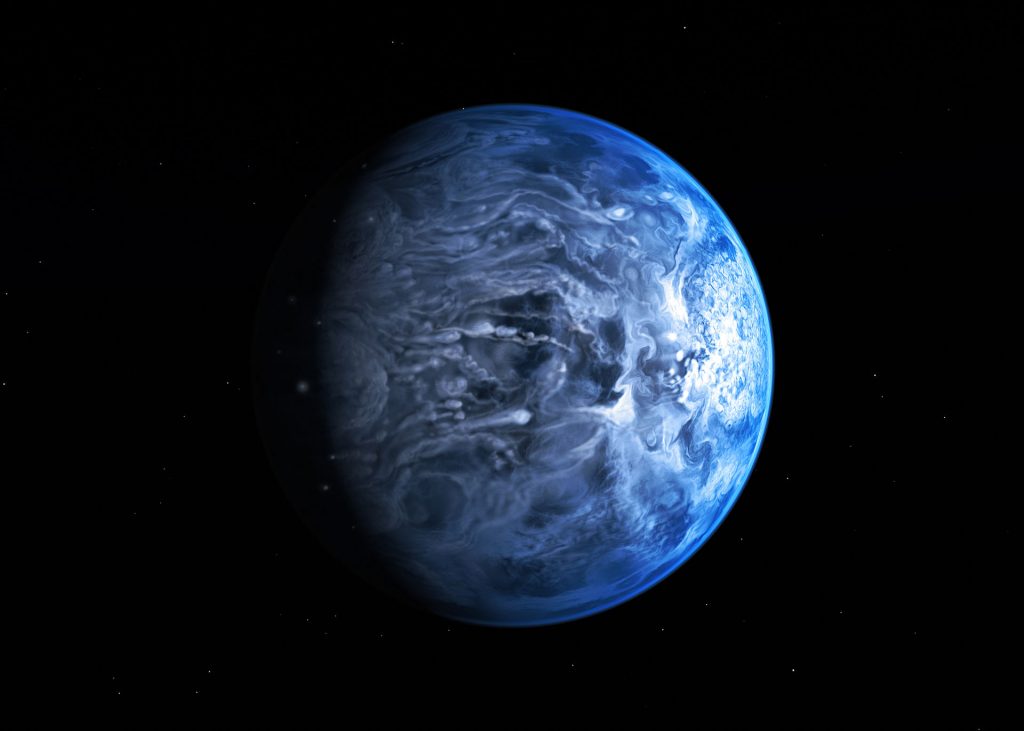
Residing about 63 light years from Earth, Hd 189733b is undoubtedly one of the most aesthetically pleasing planets. Because of its silicate particle-laced atmosphere, it boasts a beautiful azure tint. Looking at this planet, one cannot help but feel a sense of peace and tranquility. Unfortunately, however, conditions on Hd 189733b are anything but peaceful. It is a gas giant with temperatures reaching up to 5,400°F. And to add to the sheer terror of this planet, it rains shards of glass sideways at winds of about 4,300 miles per hour. Clearly, Hd 189733b is better admired from afar.
TrES-2b – A World of Darkness
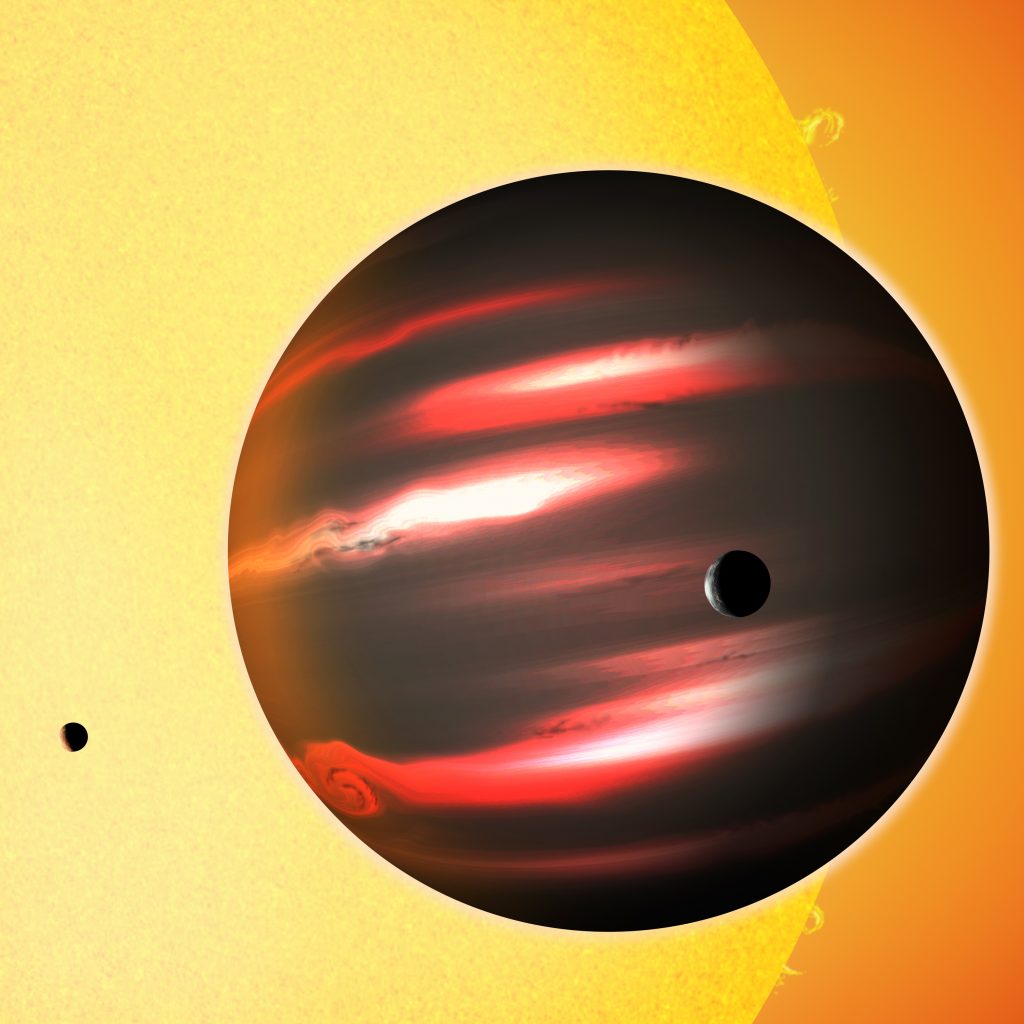
The darkest planet in the known universe, TrES-2b reflects less than 1% of the sunlight shining on it. It is darker than any material observable on Earth (yes, even coal), and its only sources of light are faint red glows that resemble burning embers. With a distance of 750 light years from Earth, as well as an atmosphere exceeding 1,800°F, TrES-2b is difficult to study. Astronomers can’t say with 100% certainty why the planet is so dark. However, it is theorized that its atmosphere could contain light-absorbing chemicals like vaporized sodium and potassium. However, no matter the reason for its darkness, TrES-2b is a foreboding, hellish gas giant that definitely sits at the bottom of our list of planets we’d hypothetically like to visit.
Ogle-2005-Blg-390lb – Winter Forever
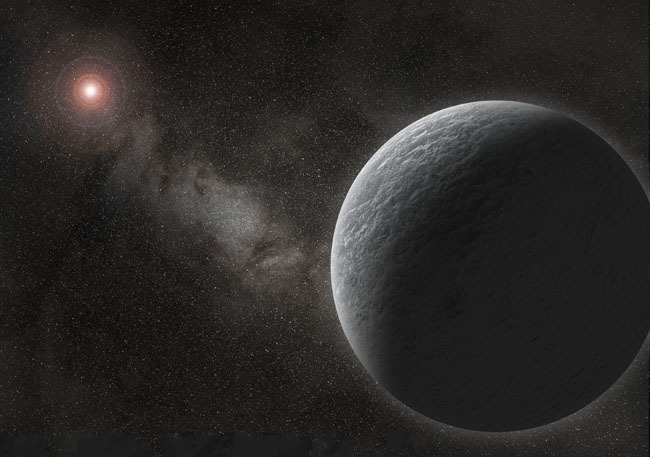
A 20,000 light year journey could take you to Ogle-2005-Blg-390lb, a planet the size of 5.5 Earths. Orbiting a red dwarf–the coolest kind of main-sequence star–the planet has a surface temperature of -394°F. As a result, its entire surface is covered in thick ice. Like our planet, it is dotted with mountains, plains, and canyons. However, due to its extreme temperature, it is unlikely to host extraterrestrial life. Astronomers have nicknamed the planet “Hoth,” due to its close resemblance to the planet of the same name from Star Wars.
Gliese 436 b – Defying the Laws of Nature?
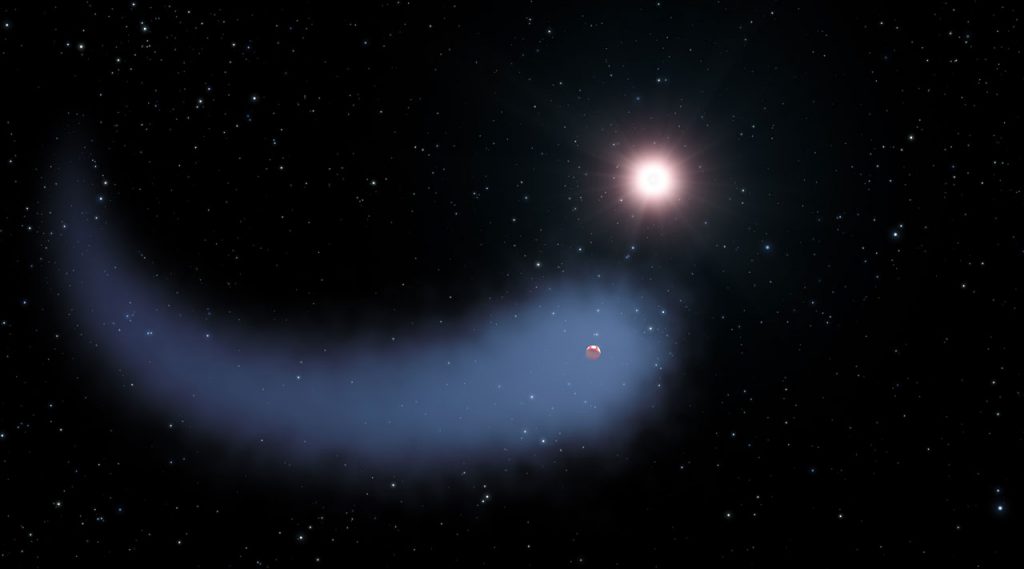
Even one with the most rudimentary knowledge of science knows that fire melts ice. It’s such an indisputable, easy-to-prove principle that restating it right now feels wholly unnecessary.
Gliese 436 b the fire-ice planet
However, the mere existence of Gliese 436 b seems to betray one of the most obvious facts of life. Like Ogle-2005-Blg-390lb, it is covered in ice. Oh, and it is constantly on fire.
Gliese 436 b defies nature
You’re probably wondering how such a condition is even possible. The notion of ice on fire is a classic oxymoron. However, the gravitational pull on Gliese 436 b is so powerful that it pulls melted ice water towards its core, compressing it into a solid.
Kepler 438b – Another Earth?
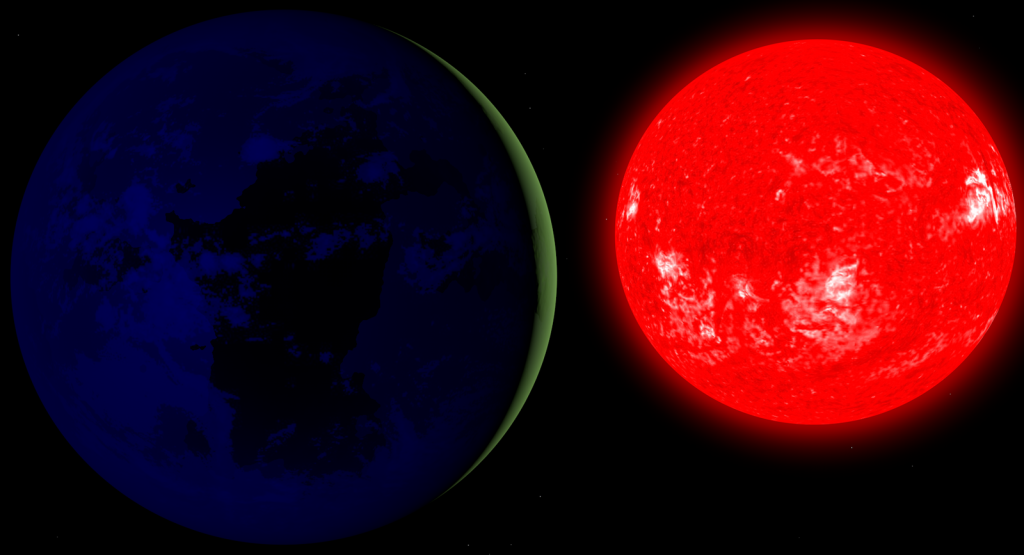
Some may say that Kepler 438b doesn’t fall belong in a list of the universe’s weirdest planets. As a matter of fact, to us Earthlings, it is likely the least weird planet in the entire known universe. This is because it is the planet that most closely resembles Earth. It has all the requirements for hosting alien life: it is thought to contain oceans and rocky mountains, and its proximity to its star is within what astronomers call the “Goldilocks zone.” (Note: a planet being in the “Goldilocks zone” means that it is neither too close nor too far from its parent star to support life.)
Despite Kepler 438b being Earthlike, any life that were to exist on it would not likely resemble life on Earth. This is because the planet has little atmosphere, which subjects it to harsh UV radiation from its star. Therefore, any organisms that exist on Kepler 438b would likely be radiation-resistant extremophiles.

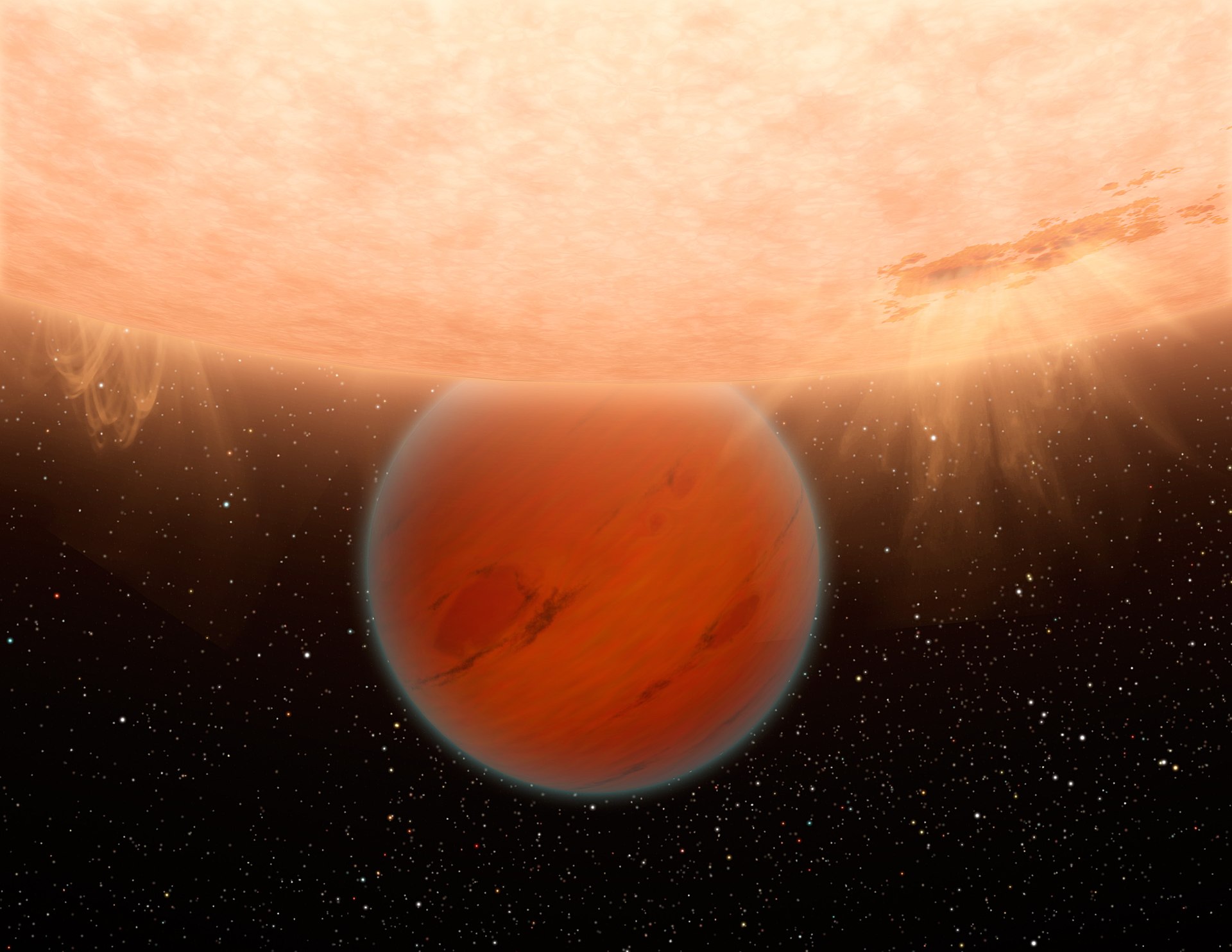


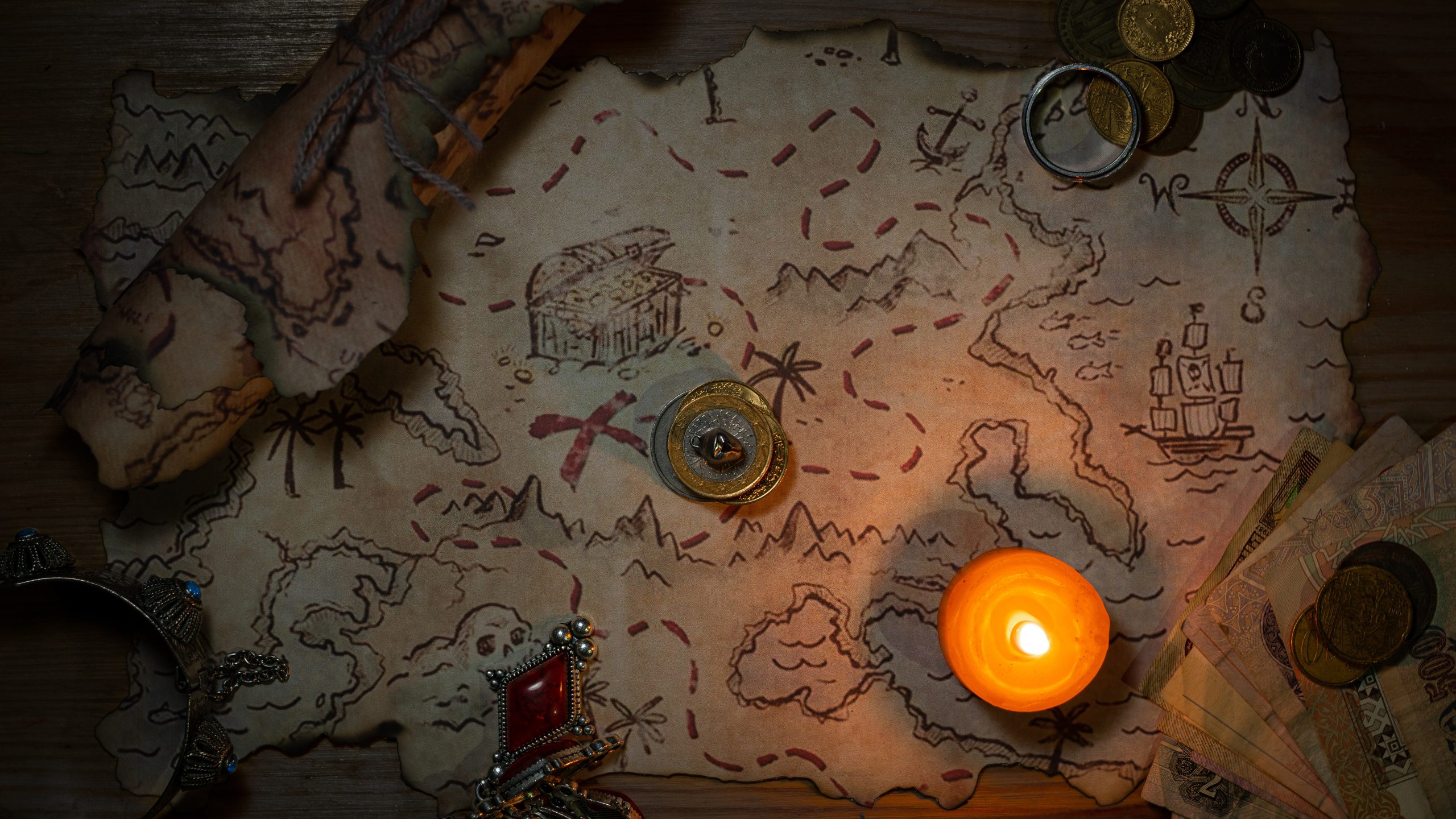

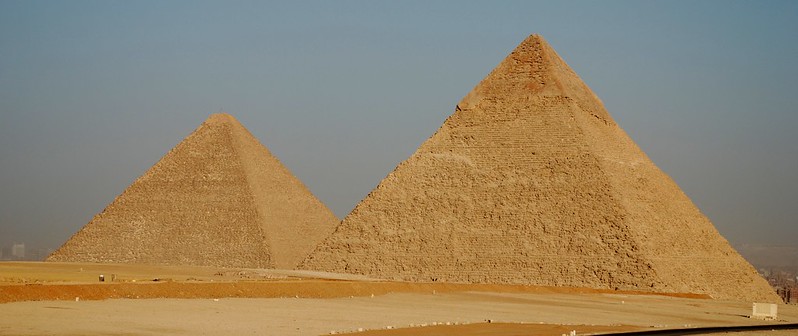


3 Responses
Very informative little recognized astronomy. Lots of research potential.
Just imagine these being the most dangerous places, but not on earth. I can imagine being an astronaut, traveling in space, and trying to find somewhere to land and explore. This gives me a greater sense of satisfaction to know that astronomers realize how intricate our Earth’s atmosphere is with a bit of all these qualities. We can only expect their timelines of distance in prospect to realize how vast the elements connect to human consumption. I believe these elements create blends of resources upon our Earth’s surface for us to collect. We as believers of Science can rely naturally upon our productions in creating a healthier sense of our creations.
Despite zillions of stars in the universe and a countless number of planets with some in the goldilock zone, so far we have not identified another earth-like planet suitable to life as we know it. Makes you wonder are we by design alone in the universe?